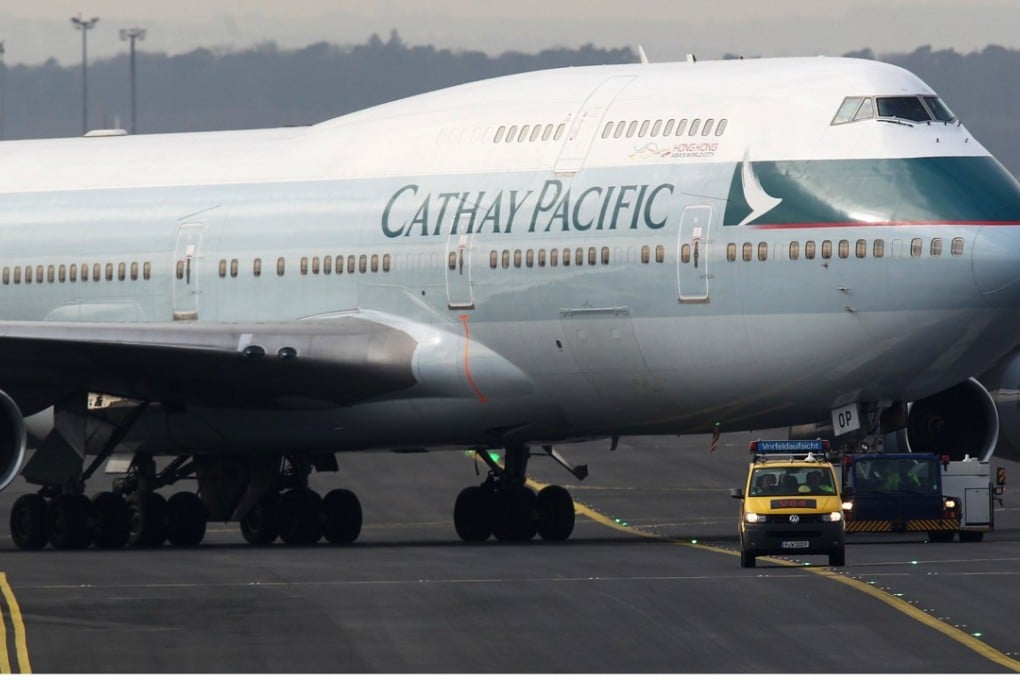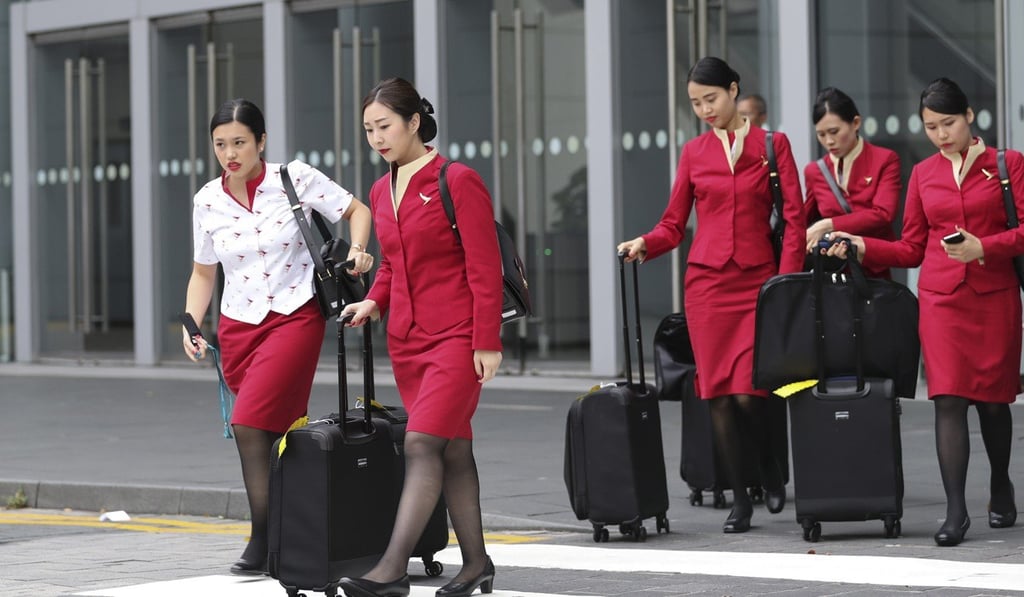Cathay Pacific racks up first back-to-back loss in 71-year history, at US$160 million
Robust earnings from cargo unit and healthy contribution of profits from subsidiaries and associate businesses help offset steepest losses in 9 years

Cathay Pacific Airways, Asia’s largest international airline, saw its net loss more than double to HK$1.25 billion (US$160 million) in 2017, marking the carrier’s first back-to-back loss in its 71-year history.
The poor performance was better than many had expected however, and signalled the business was on course to return to profitability, analysts said.
Robust earnings from Cathay’s cargo unit and a much larger contribution of profits from subsidiaries and associate businesses helped offset the steepest loss in nine years brought on by bad fuel hedging bets, one-off fines and redundancy costs.
Some analysts had estimated a net loss as large as HK$2.8 billion. The airline recorded a HK$575 million loss in 2016.
Excluding one-off gains and losses, the airline managed to record a second-half profit of HK$792 million, after a deficit of HK$2.05 billion in the first half of 2017. The latter half of the year is traditionally a stronger period.

Hong Kong’s largest airline is in the midst of a three-year restructuring exercise worth HK$4 billion in savings. That has meant 600 job cuts so far as Cathay responds to stiff competition and vigorous expansion among mainland Chinese and Middle Eastern airlines as well as low-cost carriers who are eroding its market share.